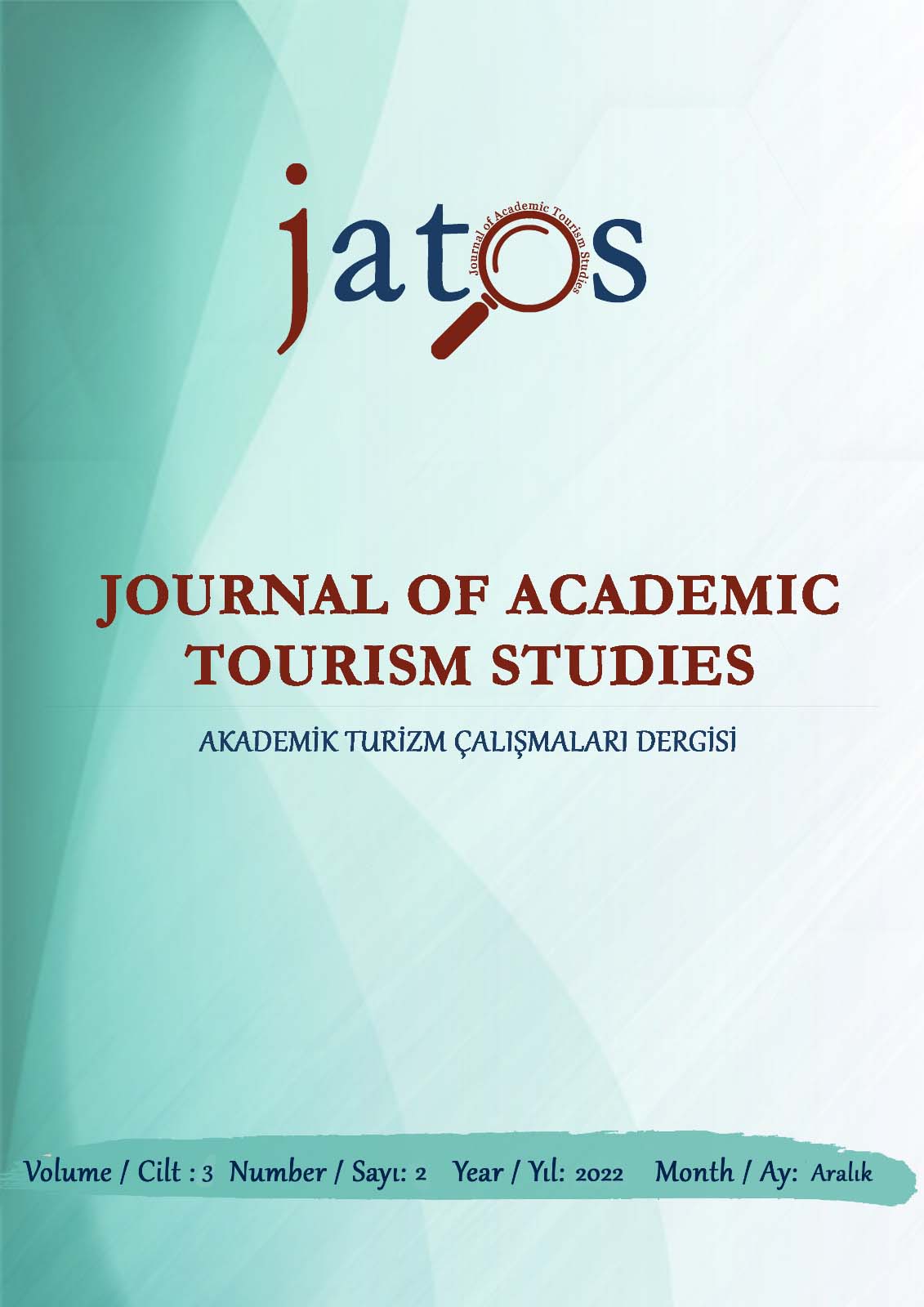Kültürel Peyzajın Kentsel Yeşil Sisteme Etkisi Hakkında Bir Değerlendirme: Amasya- II Bayezid Külliyesi Örneği
Author :
Abstract
Külliyelerin Türk şehirlerinin meydana gelişinde ve şekillenmesinde önemli yeri vardır. İçerisinde bulundurdukları cami, hamam, kervansaray, medrese, kütüphane, darüşşifa, tabhane, imarethane ve muvakkithane yapılarıyla toplumsal hizmetin üretim merkezini oluşturmuşlardır. Şehzadeler şehri olarak bilinen Amasya Kenti’nin Osmanlı Döneminde önemli bir eğitim yeri olan II. Bayezid Külliyesi, 1485-1486 yılları arasında Osmanlı Sultanı II Bayezid tarafından yaptırılmıştır. Yeşil Irmak kenarında yer alan Külliye kentin odak noktasını oluşturmaktadır. 16.200 m2 lik alan içerisinde günümüzde var olan yapısal elemanları cami, imarethane, şadırvan, medrese ve muvakkithanedir. Bu yapıların yoğun kullanımı Külliye bahçesinin de kullanımını arttırmaktadır. Külliyenin bahçesinde kentin kültürel peyzajını oluşturan 500 yıllık iki adet çınar ağacı dışında Türk Bahçesinde kullanılan karakteristik bitkisel elemanlar da mevcuttur.
Bu çalışmanın birinci aşamasında II. Bayezid Külliyesi’nde bulunan bitki türleri tespit edilmiştir. Literatür taramasıyla elde edilen Selçuklu ve Osmanlı Döneminde kullanılan bitki türleriyle, alanda kullanılan türler karşılaştırılarak, mevcut bitkisel tasarım incelenmiştir. Çalışmanın ikinci aşamasında Amasya kentinin kentsel yeşil sistemini oluşturan yeşil alanlar tespit edilmiş ve haritalandırılmıştır. Mahalle ölçeğinde kişi başına düşen yeşil alan miktarı hesaplanmıştır. II. Bayezid Külliyesi yeşil sisteme dahil edilerek Hacı İlyas Mahallesi’nin kişi başına düşen yeşil alan miktarına göre Külliyenin kentsel yeşil alana etkisi ortaya konulmuştur.
Keywords
Abstract
Complexes have an important place in the formation and shaping of Turkish cities. They formed the production center of social service with the mosques, baths, caravanserai, madrasahs, libraries, hospitals, tabhanes, soup kitchens and time-outs they housed. The city of Amasya, known as the city of Şehzadeler (Princes), was an important educational place in the Ottoman Period. Bayezid Complex was built between 1485-1486 by the Ottoman Sultan Bayezid II. The Complex, located by the Green River, is the focal point of the city. The structural elements that exist today in an area of 16.200 m2 are a mosque, a soup kitchen, a fountain, a madrasa and a time-limited place. The intensive use of these structures also increases the use of the Complex garden. In addition to the two 500-year-old plane trees, which form the cultural landscape of the city, in the garden of the complex, there are also characteristic herbal elements which used in the Turkish Garden.
In the first phase of this study have been identified the plant species which found in the II. Bayezid Complex. The plant species used in the Seljuk and Ottoman Periods obtained through the literature review were compared with the plant species used in the area, and the existing plant design was examined. In the second stage of the study, the green areas that make up the urban green system of the city of Amasya were identified and mapped. The amount of green space per capita was calculated at the neighborhood scale. By including the II. Bayezid Complex in the green system, the effect of the Complex on the urban green area according to the amount of green space per capita of the Hacı İlyas District has been revealed.





